Unleashing Direct-to-Film (DTF): No Extra Fees, Endless Possibilities
Direct-to-film (DTF) transfer is a cutting-edge printing technology that optimizes production by cre…….
In the dynamic world of financial technology (Fintech), the concept of ‘No Setup Fee DTF Transfers’ has emerged as a game-changer, revolutionizing cross-border transactions and simplifying international money transfers. This article aims to delve into the intricacies of this innovative service, exploring its impact on global finance, technological advancements, regulatory landscapes, and future potential. By understanding No Setup Fee DTF Transfers, readers will gain valuable insights into a rapidly evolving sector that is reshaping how we move money across borders.
No Setup Fee DTF (Direct Transfer) Transfers refer to an electronic funds transfer system that enables individuals and businesses to send and receive money internationally without incurring traditional setup fees or complex processes. This concept is particularly appealing for those looking to streamline cross-border transactions, offering a cost-effective and efficient alternative to conventional banking methods.
At its core, DTF involves the direct transfer of funds from one financial institution to another, eliminating the need for intermediaries such as payment processors or money transfer operators (MTOs). This simplifies the process, reduces turnaround times, and often provides better exchange rates compared to traditional remittance services. The absence of setup fees is a key differentiator, making it accessible to businesses of all sizes and individuals looking for affordable international money transfers.
Historically, international money transfers have been characterized by high fees, slow processing times, and intricate documentation. Traditional banks and financial institutions often charged substantial fees for cross-border transactions, making them less attractive, especially for smaller businesses and individual migrants sending money home. No Setup Fee DTF Transfers aim to disrupt this model by introducing a more user-friendly and cost-efficient approach.
The impact of No Setup Fee DTF Transfers is felt across the globe, particularly in regions with significant international migration flows and emerging economies. According to the World Bank, global remittances reached an all-time high of $745 billion in 2021, underscoring the immense demand for efficient and affordable money transfer services. This trend is expected to continue, driven by factors such as labor migration, digital connectivity, and economic disparities between countries.
Regional Trends:
Asia-Pacific: This region is a hotspot for No Setup Fee DTF Transfers due to the large diaspora populations from countries like the Philippines, India, and China. Services like TransferWise (now Wise) and WorldRemit have gained significant traction here, offering low fees and convenient online platforms.
Sub-Saharan Africa: With high mobile penetration rates, Africa has become a fertile ground for Fintech innovation. M-Pesa in Kenya is a prominent example of a mobile money transfer service that has revolutionized cross-border transactions on the continent. No Setup Fee DTF Transfers are increasingly popular among African migrants sending money back home.
Latin America: In countries like Mexico and Brazil, where large numbers of workers send remittances to their families abroad, No Setup Fee DTF Transfers offer a much-needed alternative to traditional banking services.
The economic implications of No Setup Fee DTF Transfers are profound, impacting both the sending and receiving countries’ economies.
Market Dynamics:
Competitive Landscape: The emergence of No Setup Fee DTF Transfer providers has sparked intense competition in the remittance market. Established banks and traditional money transfer companies are now facing challenges from innovative Fintech startups that offer lower fees and better technology.
Customer Shift: As consumers become more digitally savvy, they are increasingly opting for digital remittance services. This shift is driven by convenience, transparency, and competitive pricing offered by No Setup Fee DTF Transfers.
Investment Patterns:
Venture Capital Interest: The Fintech sector has attracted significant venture capital investment, with many startups focused on international money transfers securing funding. This indicates the market’s potential for disruption and growth.
Impact on Traditional Banks: While No Setup Fee DTF Transfers challenge traditional banks, they also present opportunities for collaboration. Banks can partner with Fintech companies to offer these services, leveraging their existing infrastructure while gaining access to new customer segments.
Technology is at the heart of No Setup Fee DTF Transfers’ success and growth. Several technological advancements have played a pivotal role in shaping this sector:
Blockchain and Distributed Ledger Technology (DLT): Blockchain technology offers enhanced security, transparency, and speed for cross-border transactions. It enables direct peer-to-peer transfers without the need for intermediaries, reducing costs and settlement times. Platforms like Ripple use blockchain to facilitate fast and low-cost DTF Transfers.
Open Banking and APIs: Open banking regulations have opened up financial data, allowing third-party providers to offer innovative financial services. Application Programming Interfaces (APIs) enable seamless integration between banks and DTF Transfer service providers, facilitating real-time transactions and improved customer experiences.
Mobile Money and Digital Wallets: Mobile money transfer services, as seen with M-Pesa, have gained popularity in developing countries. Digital wallets and mobile banking apps provide users with easy access to funds, enabling quick and secure No Setup Fee DTF Transfers.
As No Setup Fee DTF Transfers gain traction, regulatory bodies worldwide are adapting their frameworks to accommodate this evolving sector. Compliance and anti-money laundering (AML) regulations are critical considerations for providers in this space.
Key Regulatory Aspects:
Licensing and Registration: Providers must obtain licenses or register with relevant financial authorities to operate legally. This process ensures that they meet the necessary security, fraud prevention, and consumer protection standards.
Know Your Customer (KYC) and Anti-Money Laundering (AML): Strict KYC and AML procedures are in place to prevent financial crimes. DTF Transfer providers must implement robust identity verification processes and monitor transactions for suspicious activity.
Cross-Border Regulations: International money transfers involve navigating complex regulatory environments across different jurisdictions. Providers need to understand the rules and requirements in both the sending and receiving countries to ensure compliance.
The future of No Setup Fee DTF Transfers looks promising, with several trends and developments shaping its evolution:
Central Bank Digital Currencies (CBDCs): The increasing adoption of CBDCs by central banks worldwide could revolutionize cross-border payments. CBDCs offer faster, cheaper, and more efficient transactions, potentially reducing the need for private DTF Transfer providers. However, they may also create new opportunities for innovation and competition.
Hyper-Personalized Services: With advanced data analytics, DTF Transfer providers can offer hyper-personalized services tailored to individual customer needs. This could include customized exchange rates, fee structures, and transaction limits.
Integration with Fintech Ecosystems: No Setup Fee DTF Transfers are likely to integrate further with other Fintech services, such as peer-to-peer lending, digital insurance, and wealth management solutions, creating a comprehensive financial ecosystem for users.
No Setup Fee DTF Transfers have the potential to redefine how we conduct international money transfers, making them faster, more affordable, and accessible to a broader range of individuals and businesses. As technological advancements continue to drive innovation, the regulatory environment adapts, and global economic trends evolve, this sector will play an increasingly vital role in facilitating cross-border transactions. By understanding and embracing these developments, financial institutions, regulators, and consumers alike can benefit from a more efficient and inclusive global financial system.

Direct-to-film (DTF) transfer is a cutting-edge printing technology that optimizes production by cre…….
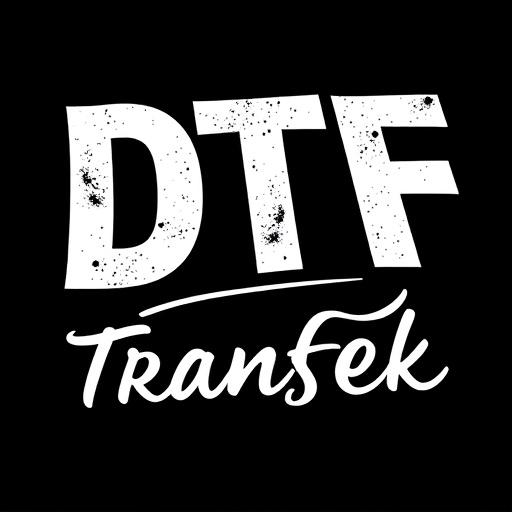
Direct-to-film (DTF) transfer is a cutting-edge printing process that directly prints digital files…….

Direct-to-film (DTF) transfers are a game-changer in filmmaking, offering cost-effective, efficient,…….
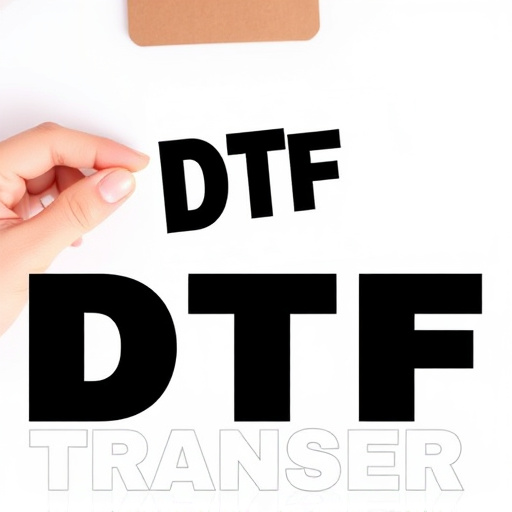
Direct-to-film (DTF) printing offers a simple, cost-effective way to create high-quality film prints…….
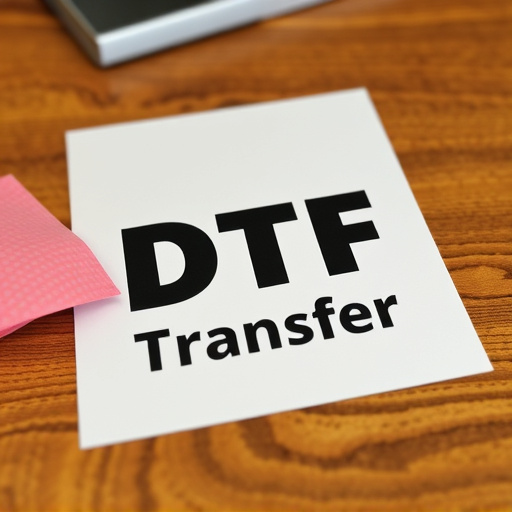
Direct-to-film (DTF) transfers are transforming home entertainment and filmmaking by directly conver…….
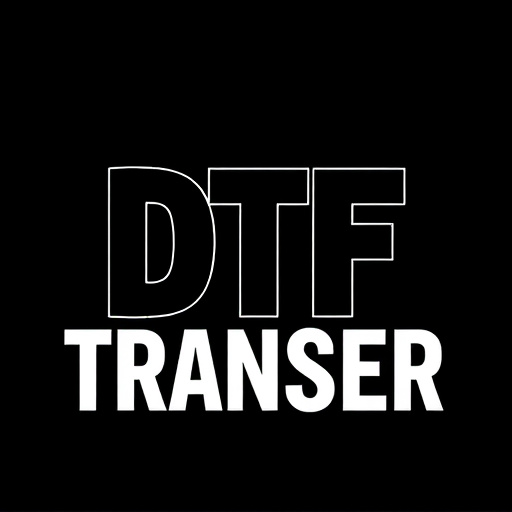
In a fast-paced digital era, embracing determination, tenacity, and flexibility (DTF) is key to succ…….

Direct-to-film (DTF) transfers revolutionize film digitizing by scanning physical films directly int…….
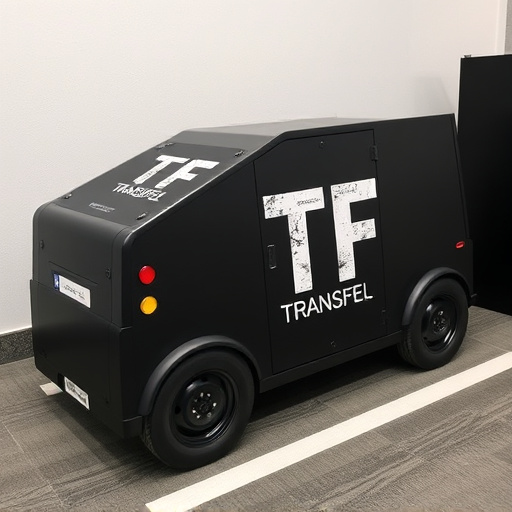
Direct-to-film (DTF) transfers are a revolutionary technology enabling cost-effective and efficient…….
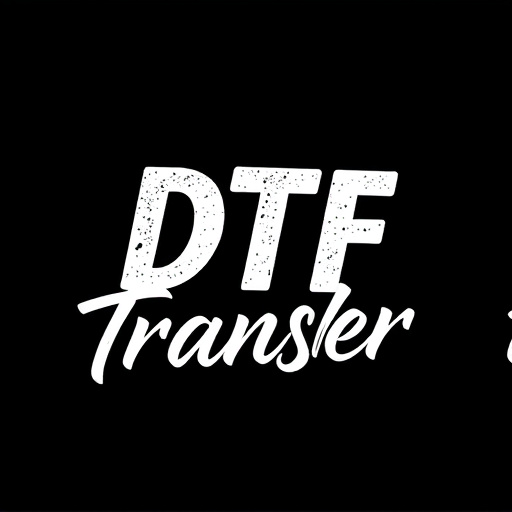
Direct-to-film (DTF) prints are a revolutionary technology for high-quality film printing, eliminati…….
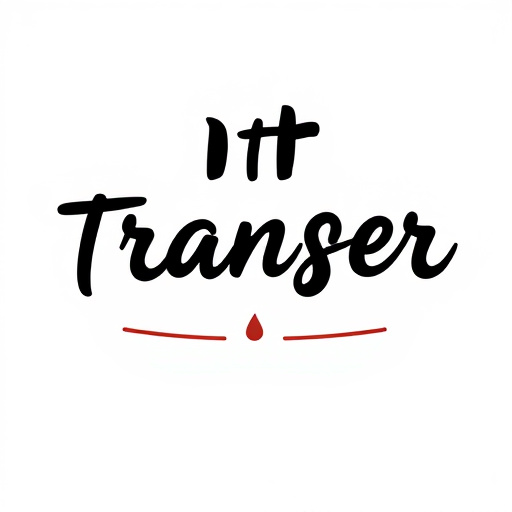
DTF (Direct-to-Film) printing is a revolutionary technology transforming industries like signmaking,…….